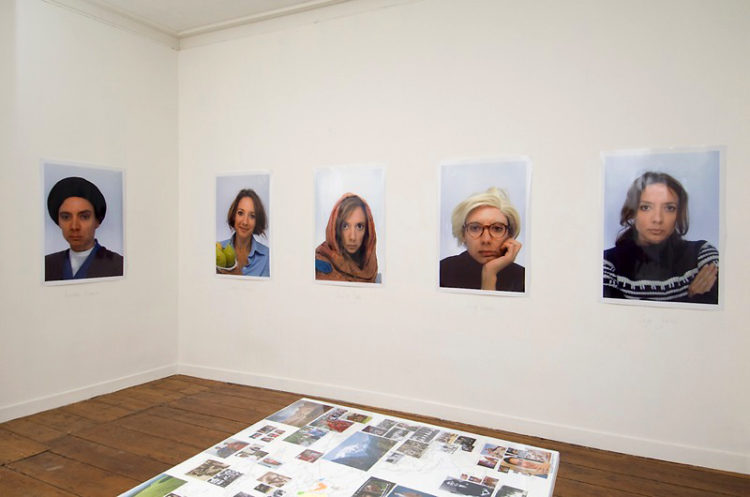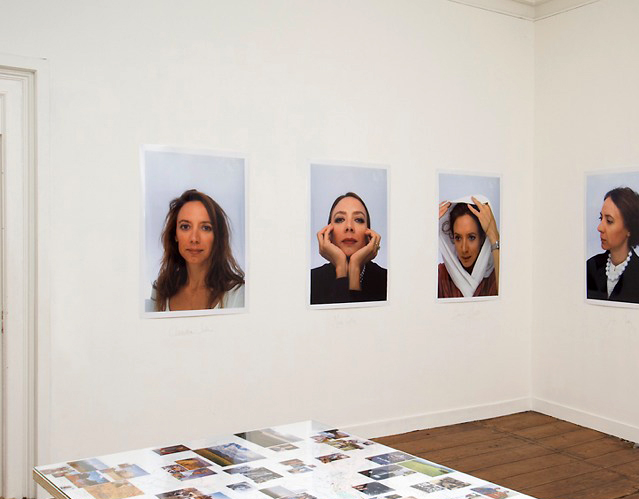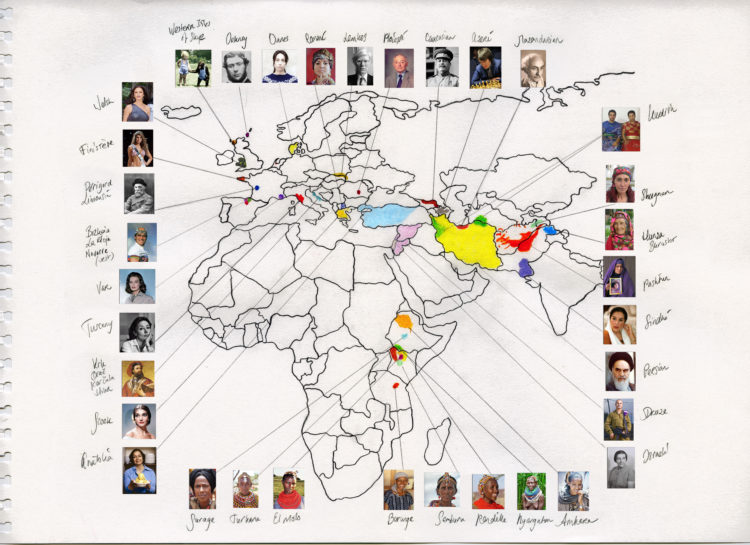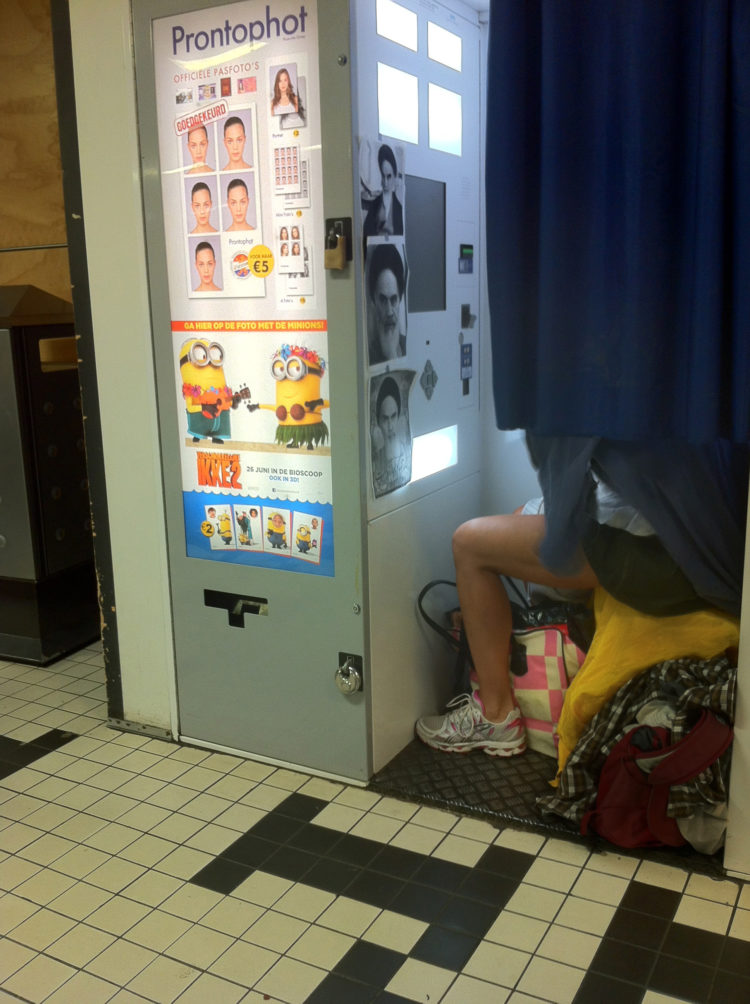In 2013 I discovered that, for a small price, anyone could have their DNA charted. My curiosity got the better of me and I sent off some cheek tissue to 23andme.com. Amongst the plethora of health data I received a few weeks later, there was something about mtDNA, short for mitochondrial DNA. What could this be? I started researching and immediately a whole new world was revealed.
Mitochondrial DNA is small, ring-shaped DNA which is not part of the nucleus but is found in mitochondrions in the cellular fluid. They regulate the energy balance in the cell, the transformation of nutrients into suitable fuel and the use of oxygen in our metabolism. They have their own DNA and they split up independently from the DNA in the nucleus.
Not all cells have identical numbers of mitochondria. Male sperm cells, for example, have very few and those are in the tails. The tails fall off the moment the sperm enters the ovule. This means that the embryo is completely dependent on the hereditary qualities of the female mitochondria for the energy balance in the cells, in boys and girls alike. As the mitochondria originate for one hundred percent from the mother, they form a trail of hereditary characteristics which go back to mother, grandmother, great-grandmother, great-great-grandmother… right back to the very first woman.
We all know about family trees: they are based on fathers and sons, generations of titles, estates and possessions. This is doubtless related to male dominance throughout the world. The use of surnames is also based on the prolongation of male inheritance. This is not really practical as new DNA material is added at every birth. Genealogical research would be infinitely more efficient if we were to examine the female, mitochondrial, line which does not get mixed up with every new generation.
In everyone’s mitochondrial DNA there are characteristics of “Mitochondrial Eve”, our very first mother. Once every ten thousand years a minute mutation occurs in one woman. Since that one original mother, 36 different clan mothers have been discovered to date. The clan mother is at the head of a so-called haplogroup, of which there are also 36. These 36 haplogroups are together responsible for the world’s population today.
Each haplogroup is given a letter and each clan mother has a fictitious name. My clan is haplogroup I. My clan mother is called Iris. She lived 25 000 years ago in the Middle East, probably in what we now call Iran.
Could this be the reason that I so often feel out of place in the Netherlands? That I am full of vitality on those days classified as a heat-wave and listless on those called nice and fresh?
Genes do not come to life at the moment of birth. They are conveyed by millions of individual lives over thousands of generations. They have literally been carried in the bodies of our ancestors. Is my behaviour influenced by a connection through thousands of years with my original ancestral mother?
Nowadays the haplogroup that originated from Iris can be found in Asia Minor and Europe. Research has revealed a strong correlation worldwide between haplogroups and language areas, between haplogroups and architecture, between haplogroups and mechanisms of survival, etc. Am I closer to my mitochondrial brothers and sisters than to others? If we met each other, would there be any form of recognition?
I started to collect photographs of people living in areas where haplogroup I resides. People familiar to me lived there: Benazir Bhutto, the Pakistani stateswoman who was murdered in 2008; Sharbat Gula who appears in the infamous photograph by Steve McCurry. Some still live there, many have emigrated or fled, such as Andy Warhol’s parents. I’m afraid there are even individuals I would rather not be related to.
Apparently I am one of a very large family which like all families naturally comprises good and bad characters.
Out of curiosity, I dressed the part and had several photographs taken in a photo booth.
interview by Anna McNay




